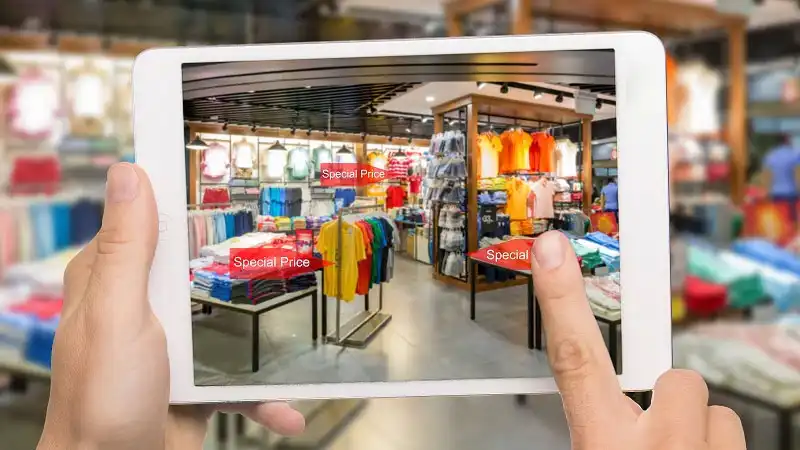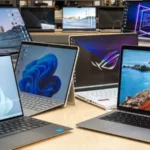While the convenience of online shopping has revolutionized the way we shop, there’s a growing trend that’s bringing the best of both worlds together: omnichannel shopping. This seamless integration of online and offline experiences is reshaping the retail landscape, catering to the evolving needs and preferences of modern consumers.
What is Omnichannel Shopping?
Omnichannel shopping is more than just having a website and a physical store. It’s about creating a cohesive and integrated shopping journey that allows customers to move effortlessly between online and offline channels. This means that customers can start their shopping journey online, browse products on their phones, then head to a brick-and-mortar store to try them on or make a purchase. Conversely, they might discover a product in-store but prefer to order it online for home delivery.
Why Omnichannel Shopping is Gaining Momentum
- Convenience: Customers crave flexibility and convenience. Omnichannel shopping allows them to shop on their own terms, choosing the channel that best suits their needs at any given moment.
- Enhanced Experience: By integrating online and offline channels, retailers can offer a more comprehensive and engaging shopping experience. Customers can access product information, reviews, and inventory levels online, while enjoying the personalized service and tactile experience of shopping in-store.
- Increased Sales: Studies have shown that omnichannel shoppers tend to spend more than those who shop exclusively online or in-store. This is because they have more opportunities to discover and purchase products.
Omnichannel Strategies for Retailers
- Click and Collect: Offer customers the option to buy online and pick up their purchases in-store. This can be a convenient option for those who want to avoid shipping fees or who need their items quickly.
- In-Store Returns: Allow customers to return online purchases to a physical store. This can be a hassle-free option for customers who don’t want to deal with the hassle of shipping returns.
- Mobile Integration: Ensure that your website and mobile app are seamlessly integrated with your in-store inventory and point-of-sale systems. This will allow customers to check product availability, make purchases, and track their orders from anywhere.
- Personalized Marketing: Use data from both online and offline channels to create personalized marketing campaigns that target customers with relevant products and offers.
The rise of omnichannel shopping is a testament to the fact that consumers are seeking a more holistic and integrated shopping experience. By embracing this trend, retailers can cater to the evolving needs of their customers and stay ahead of the curve in the ever-changing retail landscape.



